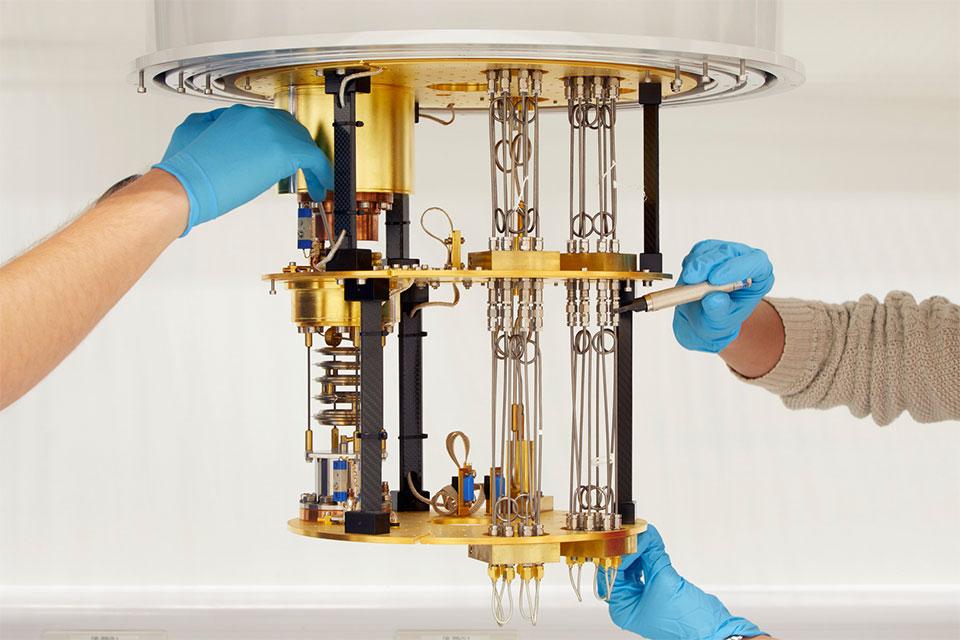Derya Baran, King Abdullah University of Science and Technology, Physical Sciences and Engineering Division, KAUST Solar Center, Saudi Arabia
Maud Schmitt
Technological deployment of organic photovoltaics (OPV) requires improvements in device light-conversion efficiency and stability while keeping material costs feasible. Non-fullerene small molecule acceptors emerged as a new horizon to pushing the boundaries of OPV and bring them back to competition with other solution processed photovoltaics with unique properties such as semitransparency and power per weight. The power conversion efficiency of OPV has reached 18% in just a couple of years after replacing fullerene alternatives. Their outperforming long term photo and thermal stability make them ideal candidates for scaling up and deployment.
In this talk, I will take the audience to a historical journey of non fullerene small molecule acceptors, replacing fullerene and discuss the photon-to-current conversion strategies using molecular design and device engineering. I will further dig into how NFAs exceeded the limits of fullerenes in terms of voltage losses (0.6 eV with fullerenes) and high photocurrents (limited to donor absorption) and share approaches to overcome stability issues using ternary approach. Finally, I will share state-of-the-art activities on transparent OPV and their deployment in potential areas such as greenhouses in the future.

